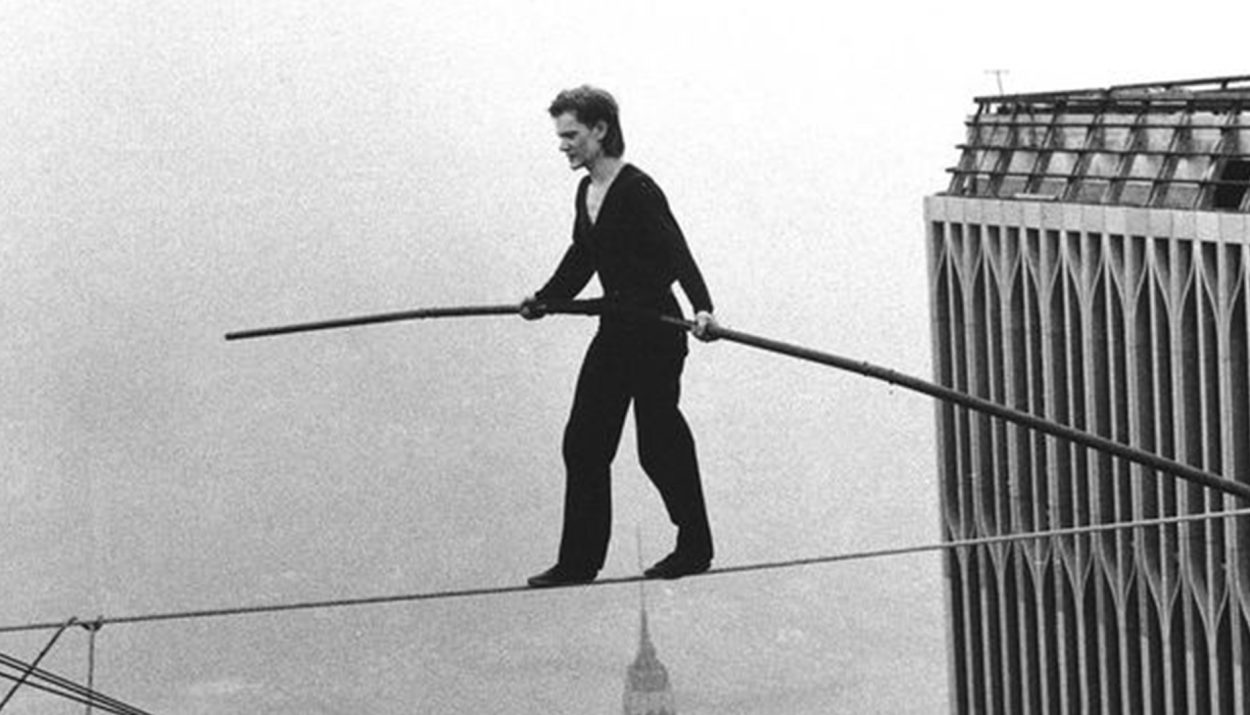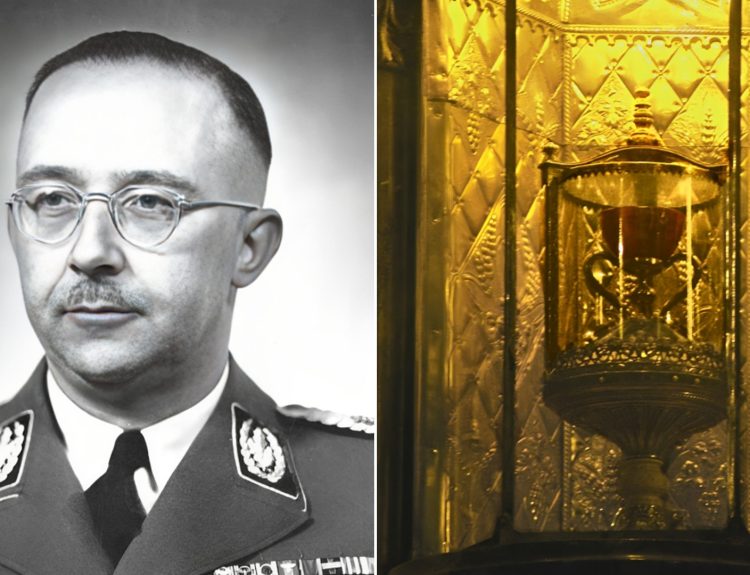It takes a certain level of skill to want to walk a tightrope. Even the average tightrope is quite high off the ground, but this enigmatic artist would wow the world with the massive heights he would conquer. But what motivated an artist like Philippe Petit to keep reaching for the stars? Let’s explore his story.
An Artist’s Mind From a Young Age
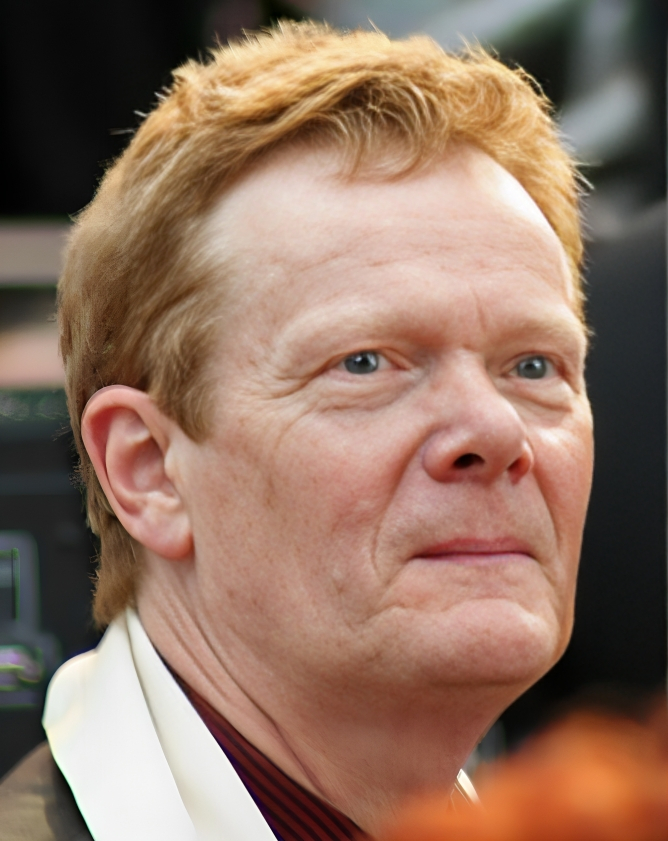
Philippe Petit was born in 1949 in Seine-et-Marne, France. While most kids his age would engage in running or fishing, young Philippe preferred juggling and magic. He also loved climbing, which was a bit of foreshadowing about his later life.
Young Philippe had his first experience with a tightrope at the tender age of 16. Within a year, he had taught himself everything he would need to know on a tightrope, including the backward somersault, unicycle, bicycle, and hoops. But he wasn’t satisfied. Something in this performance didn’t feel like art to him.
Childhood Dreams For the Future
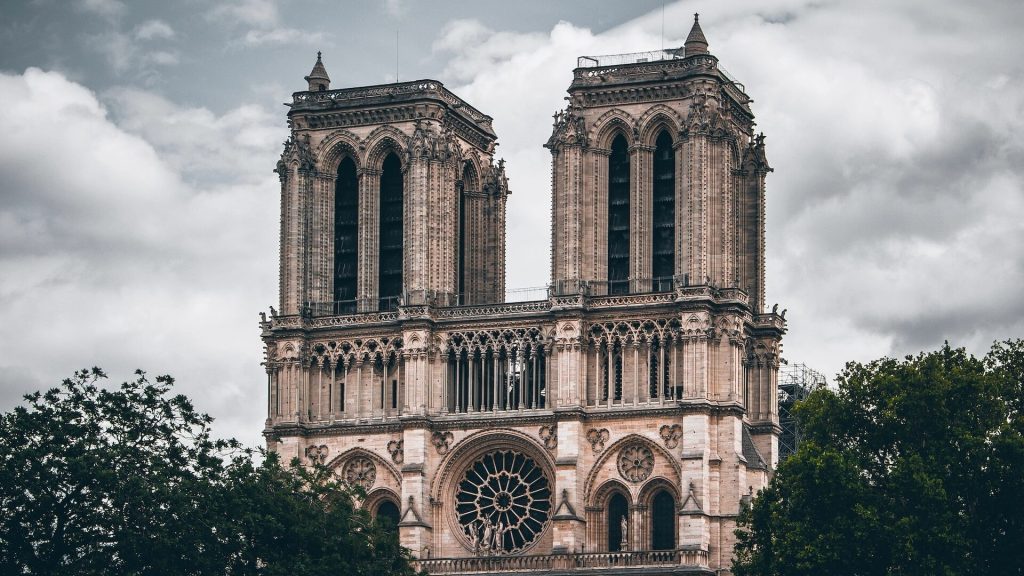
Philippe lived in Rue Laplace, from where he could see the spires of Notre Dame. “One day,” he remembers, “I decided that I am going to put a wire there and surprise Paris, surprise the world.” This would be the first step in a life that would change how we see tightrope walking today.
This plan also allowed him to hone the skills he would need for his more famous tightrope walks later in life. However, as a child, he wasn’t considering the more significant implications of his decisions. For now, he was content to watch Notre Dame and plan.
Reinventing An Artform
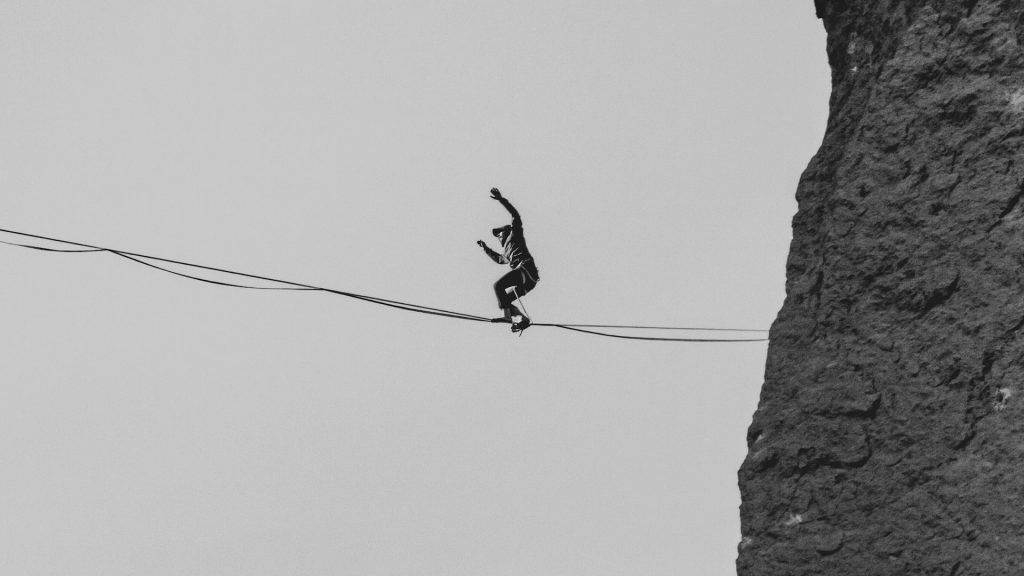
Philippe realized that if he wanted to put the art back into this art form, he’d have to do it himself. Little by little, he started to look at places he could perform. In the early part of his life, he was mentored by Rudolf Omankowsky, the owner of a legendary troupe of tightrope walkers.
Philippe could teach himself a lot of things, but for the things he couldn’t, Rudolf would help out. He learned how to make sure his tightrope was secure on both ends and other mechanical aspects of the act. When Rudolf offered Philippe a spot in his act, the young man turned him down.
Striking Out On His Own

Tightrope walking already had a vast history in France at the time. It became popular in the Middle Ages, and since then, the art retained its passion and zeal in France. Philippe knew that turning down a place in Rudolf’s troupe would mean he’d have to do it all on his own, but he wasn’t afraid of hard work.
His guiding principle was that he wanted to reinvent his art form. Performing for someone else meant that he would never get that chance, except by accident. It was the same reason he avoided joining a circus, even though many would have him. He wanted creative control over his walks.
The Formation Of a Plan
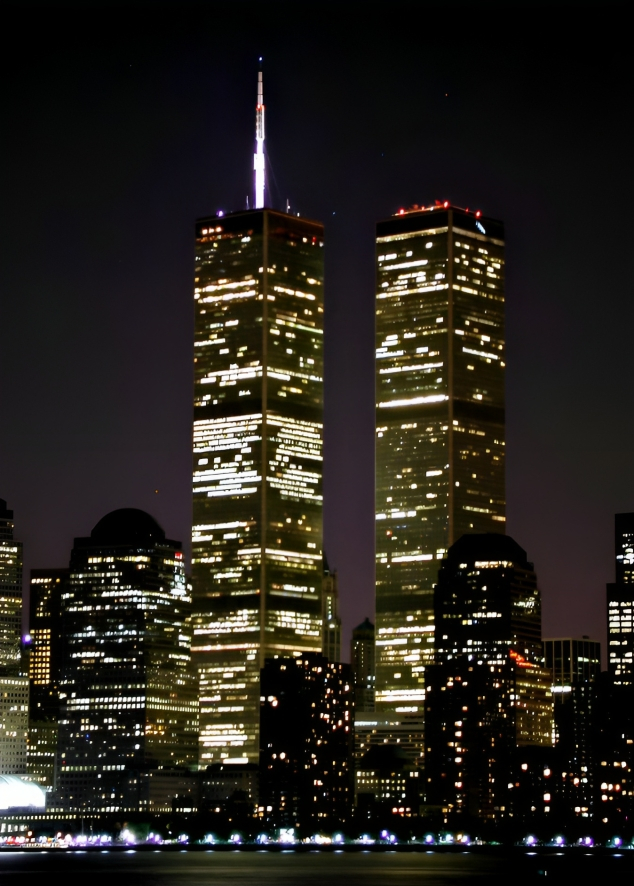
How do you reinvent an entire art form? You look at what makes it interesting, and you build on that. Philippe wasn’t satisfied with the thrills that regular tightrope walking gave him. Instead, he wanted something spectacular that people would remember and talk about for years to come.
When he was 18, Philippe saw the construction of the World Trade Center towers and immediately wanted to walk between them. This lofty goal would drive him to some of his most memorable feats. But when he was still working the streets as a tightrope walker in Paris, he had to set his sights a little lower.
Entertaining The Masses in Paris

Philippe’s work gave him a perfect view of the Notre Dame steeples, bringing back that childhood dream to him. What if, he thought, he could get up there and walk across the towers? It would be a feat that would make the world take notice of his skills and his art form.
It took a total of three years of planning before he got a chance to walk across Notre Dame. Yet this three-year planning period was to set the stage for much of his performances later in life. He would have to be crafty and wait for the perfect time. It would teach him patience.
Walking Across Notre Dame
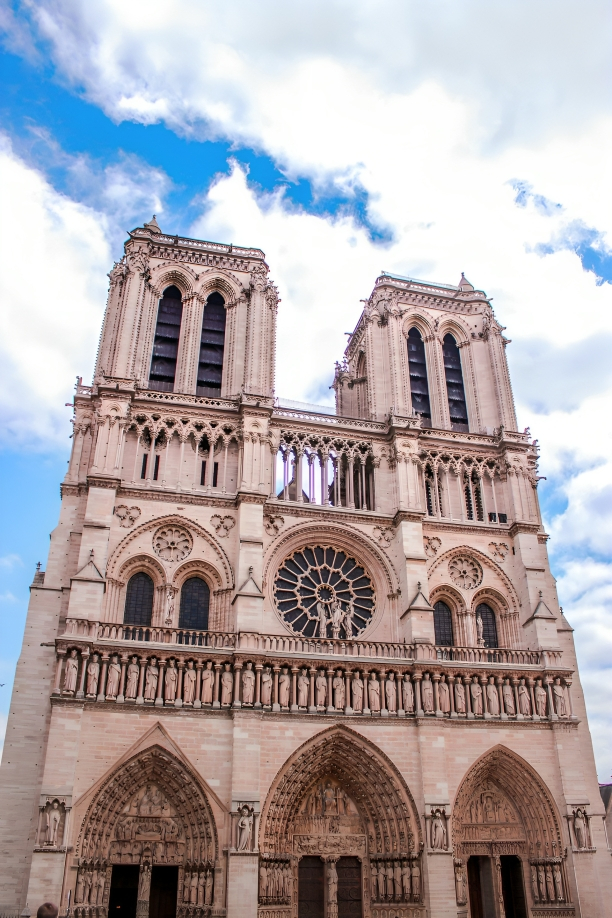
Posing as tourists, Philippe and a few close associates visited the cathedral as tourists. They would scope out the entrances and the security on hand. The day before the planned walk, June 25th, 1971, they smuggled in hundreds of pounds of equipment, preparing for the big day.
Early in the morning, on June 26th, 1971, Philippe was ready to defy death between the steeples of Notre Dame. Over the course of an hour, he would walk over the wire, juggling and lying down along the way to the wonder of crowds. He had scarcely made it across the wire before the police clapped him in chains and took him off to prison.
Bigger and Better
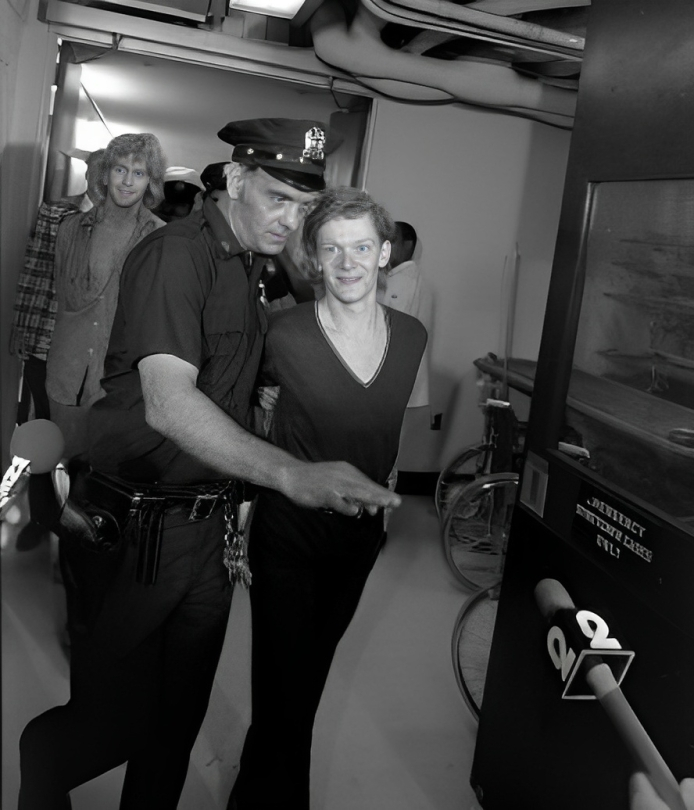
The Notre Dame stunt landed Philippe in jail for a short time, but not long enough to quell his lust for danger. On his release, he expected everyone to be talking about his feat. Unfortunately, the Paris media had already forgotten his death-defying trick and moved on to new things.
Philippe realized that for anyone to remember him the way he wanted, he would have to aim much higher. Maybe he could find somewhere else to show off his daring and get public attention on his art form. The ideal opportunity lay with the Sydney Harbor Bridge in Australia.
The Thunder Down Under

Once again, Philippe went to great lengths to plot out his walk, visiting the bridge a few times and constructing scale models to test length and tension. Finally, in 1973, Philippe took to the north tower to walk across it. As he did, both passers-by and motorists stopped to look at the scene.
During Philippe’s crossing, he halted all traffic across the bridge, and he managed the crossing five times before the police sliced away at his ropes, forcing him to stop. Once again, they threw him in jail, but he was happy. He proved to himself that he could take on a project like this.
New York And The Towers
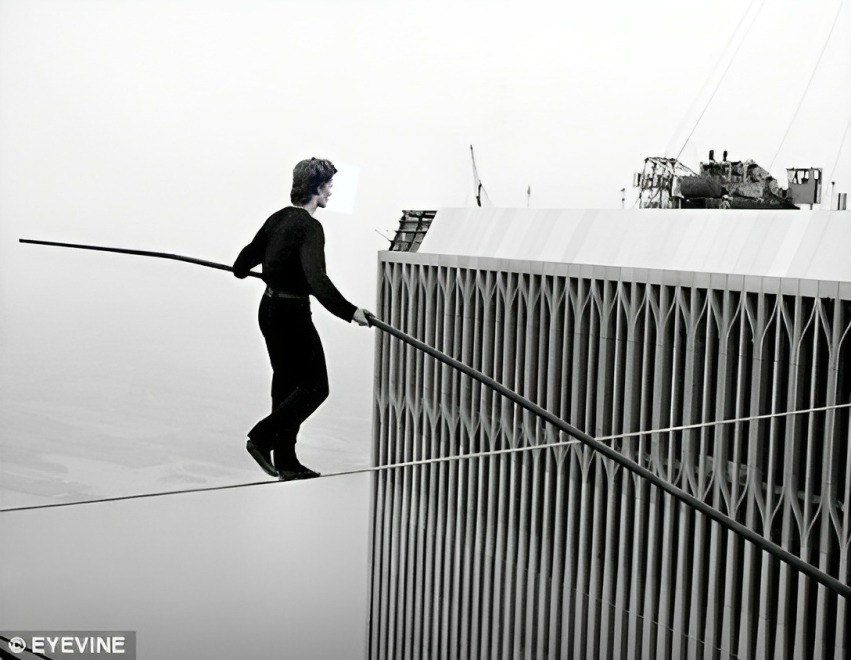
The World Trade Center towers were among the tallest buildings in the world. After crossing the Sydney Harbor Bridge, he turned his sights on the idea he had way back when he was 18, visiting the dentist and seeing the Twin Towers for the first time. He would need a lot more planning for this stunt, though.
Philippe admitted that he almost backed out the first time he saw the towers. He walked to street level out of the subway and looked up, and for the first time in his life, he was terrified. But he knew this was a once-in-a-lifetime act, and he would never have that chance again. It would be his crowning achievement.
The Previous Walks Taught Him a Few Things

Philippe’s early performance career was with tightropes that were relatively close to the ground compared to his later feats. Yet being that far up in the air required learning a different method of tightrope walking. It was the reinvention of the art form he had sought to bring about.
At very high points, the wind shear and speed would be quite different from those on the ground. He would have to compensate for that with each step, repositioning himself so he doesn’t fall. Swaying tall buildings were also things he had to take into account, and those elements came into play during his New York feat.
Like Planning a Heist
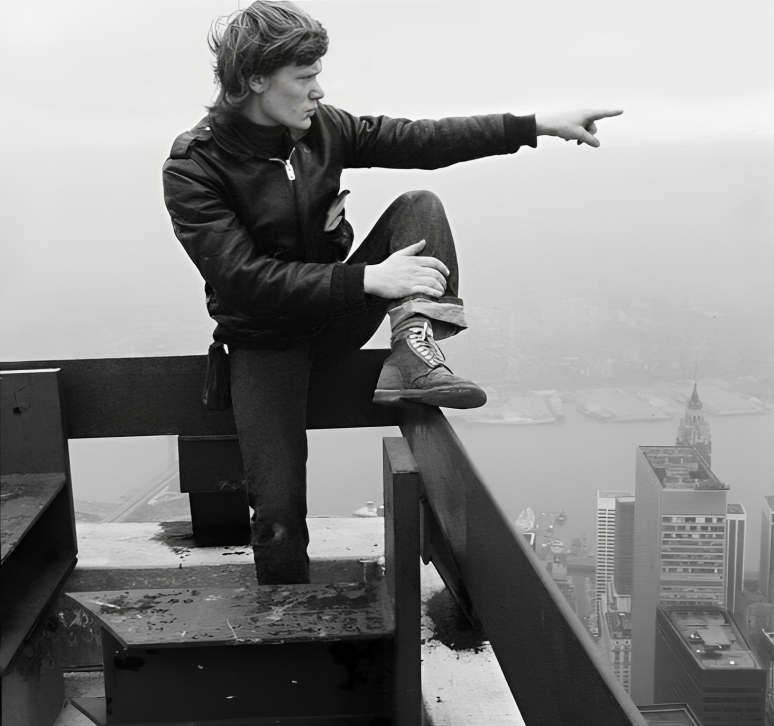
Fans of films like Ocean’s Eleven know that no good heist comes off without proper planning. Philippe’s crew also needed adequate planning. They would have to smuggle in nearly a ton of tightrope walking equipment without being caught and ratted out to the authorities.
It might seem like an innocuous detail, but security at the WTC towers was tight, and it was forbidden to approach the top of the building, much less string a wire between them to walk. If they’d caught him early on, he would probably never be let into the building lobby for as long as he lived.
Casing the Joint for the Right Entry
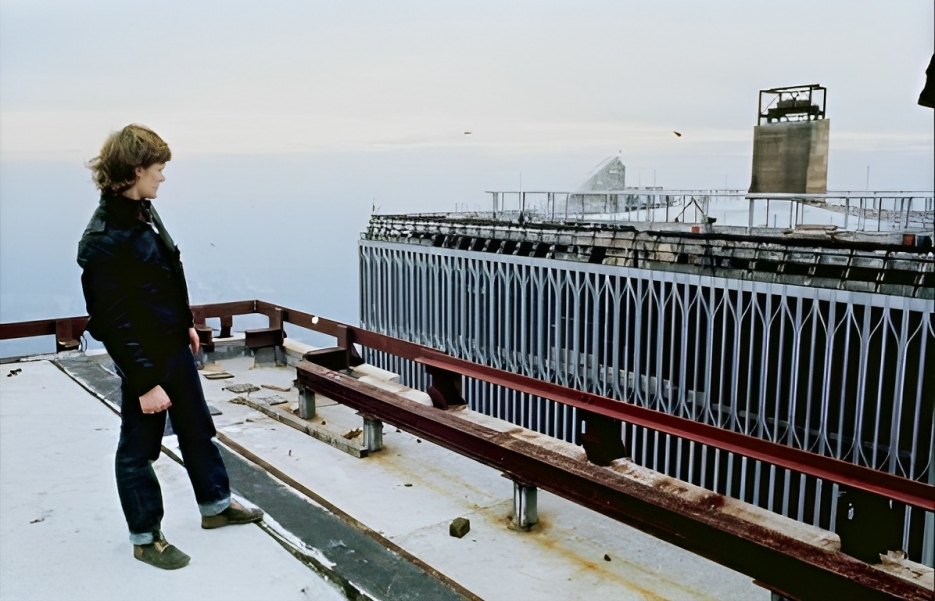
Philippe and his crew would spend a lot of time going into the building, looking for the right entrance and location to store his equipment. However, luck was on his side as he encountered a man named Barry Greenhouse. Greenhouse immediately recognized him as the French tightrope walker.
Greenhouse’s office was on the 82nd floor of the South Tower. Using the cover of being contractors for Greenhouse’s office, Philippe and his crew could smuggle their gear up to the 82nd floor and wait for the right opportunity to do the deed. As the sun went down on August 6th, 1974, Philippe and his crew were ready.
A Few Close Calls
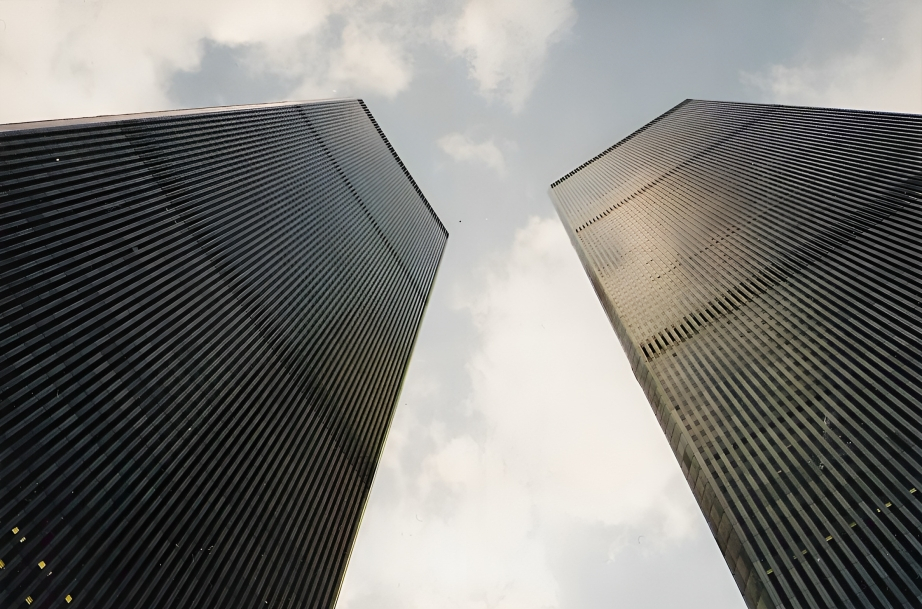
The 82nd floor is still quite far from the 109th floor – just below the roof. After sunset, Philippe and his crew smuggled their equipment up the rest of the way. Security ran into them once or twice, but they could bluff their way past. Finally, they were ready to get started.
The crew used a bow and arrow to get the wire across the 200-foot gap between the towers. Another member of the team would be there to receive and secure it. They almost had a mishap with Philippe’s costume as a piece detached and fluttered down the 1,300-foot building. Yet, despite these drawbacks, they were ready.
Getting Started at 7 AM
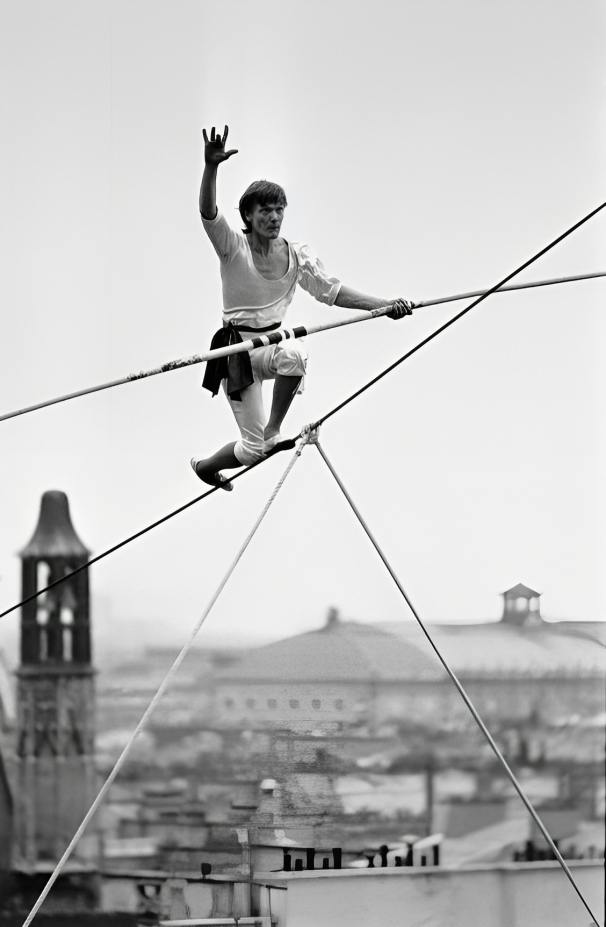
Just as the first few commuters were on their way to work, they noticed a strange sight. At 7 AM sharp, Philippe took to the wire between the towers and started walking. Over the next forty-five minutes, Philippe would treat onlookers to a spectacle they had never seen before and would never see again.
During his performance, he would cross the line eight times and perform tricks like laying on the wire. Naturally, the authorities couldn’t allow this spectacle to continue, so they grabbed him and hauled him off the roof. Once again, Philippe went to jail for his art form, but it was worth it. He had shocked the world.
Thrilling People In the Best Way Possible

Almost anyone on the ground that morning in New York remembers how much they enjoyed watching Philippe cross the wire. Philippe had realized that people loved it when the stakes were high. There were few higher stakes than crossing a tightrope without something beneath him to catch him.
Philippe was lucky that the judge hearing his case wasn’t col-hearted either. Instead of tossing Philippe in jail for disturbing the peace, he was instead granted the job of community service. His punishment? He would have to spend time performing in Central Park for the kids who visited there.
Immortalized By Hollywood

Philippe would go on to do many more tightrope walker acts, but none of them came close to the international attention his WTC tower walk did. In 2015, a film called The Walk was released to critical acclaim. In it, Joseph Gordon-Levitt stars as a younger Philippe, and the plot revolves around his WTC tower walk.
Most Hollywood directors take artistic license with films, especially those based on history. However, in this case, Robert Zemeckis took great pains to keep the events as unaltered as possible. Philippe says it’s as close to the real deal as possible without being there to live it.
Braving More Heights For His Performance

Many artists would just call it a day after completing their most famous feat. Others would consider being a household name the best thing they could accomplish. Not Philippe Petit, though. In 1985, he went on to string a wire over the Niagara Falls and cross it a few times, to the surprise of patrons.
In 1989, Jacques Chirac allowed him to perform a tightrope walk to the Eiffel Tower in honor of France’s bicentennial. In 1988, he would achieve a tightrope walk over the Grand Canyon three times the height of the WTC walk. Being a daredevil is a hard thing to give up.
Retired But Still Kicking
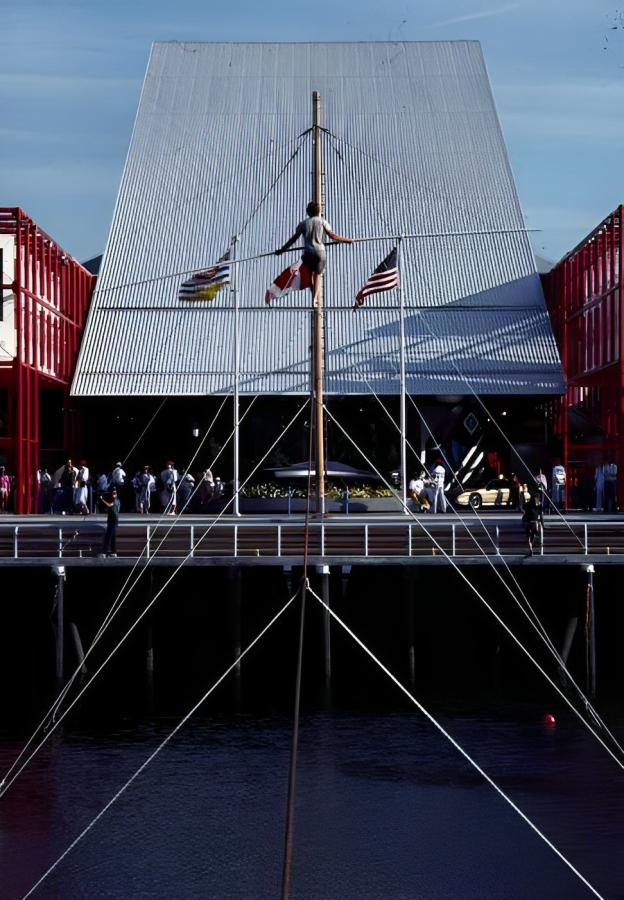
Even though Philippe traveled worldwide, he still thinks of New York as his home. That’s why he settled there afterward, buying a house in the Catskills in upstate New York. Despite being 74 years old, he’s still got that thirst for life he always had.
Aside from The Walk, he’s also been featured in a documentary film called Man on Wire. Both films address the WTC walk, but one is a fanciful telling of the feat, and the other focuses on the realistic side of it and all the obstacles he overcame to do that walk.
Why Does He Do It?
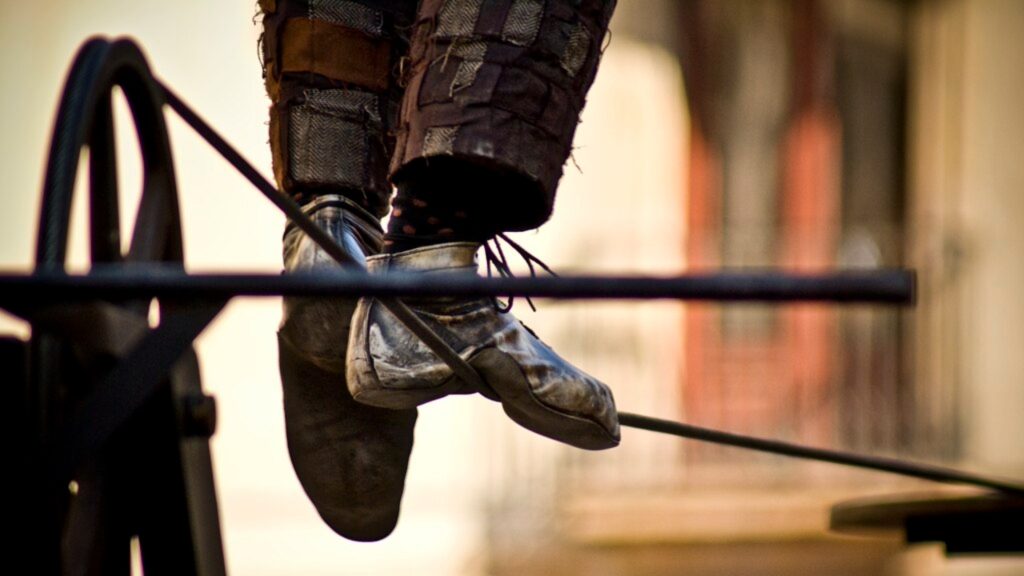
Many have asked Philippe why he does what he does. He had always wanted to reinvent the art form of tightrope walking, and he’s done that by raising the stakes for each of his performances. But it’s more than just changing the world’s perceptions.
Directly asked, Philippe says there’s really no reason for his feats. He does them because they’re there. Unlike some detractors may suggest, he loves life and doesn’t have a death wish. Instead, he wants to show the world exactly how much of life there is out there.

